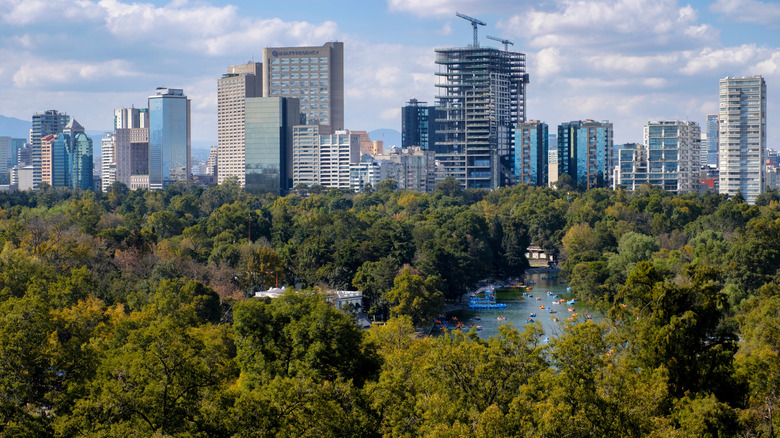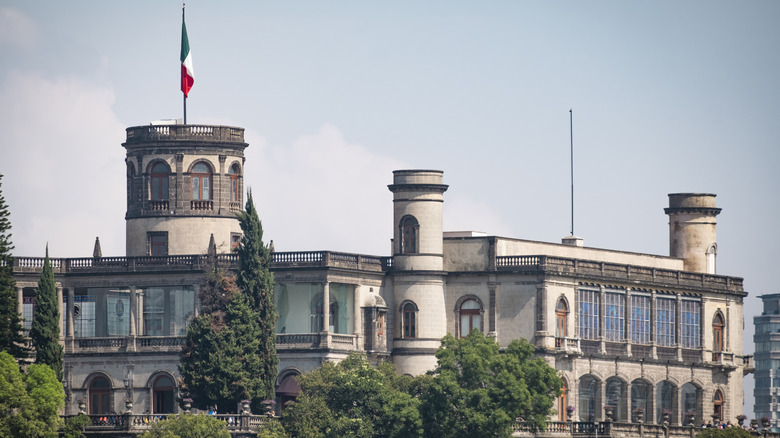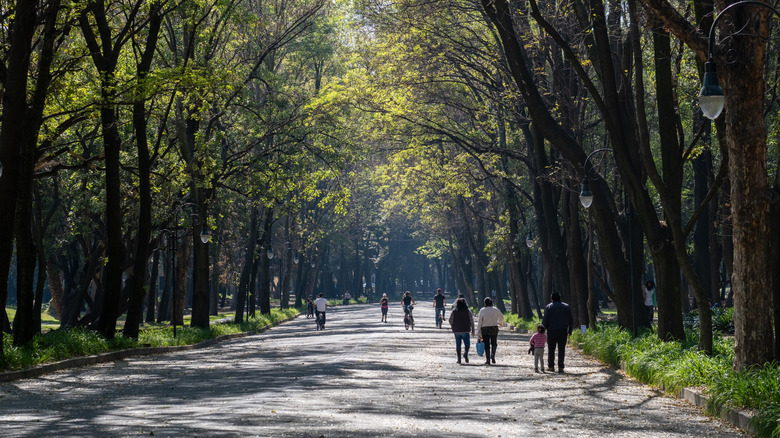If there’s one thing that can be said about Mexico, it’s that this colorful country continues to wow visitors with its dedication to preserving its culture. Whether you’re curious about the country’s best places for history buffs (like ancient Mayan and Aztec ruins), the rich food scene of Centro Historico, the crafting of unique art (by the likes of the famed Frida Kahlo and Diego Rivera, whose art can be seen in Mexico City’s oldest neighborhood), or the preservation of religious artifacts, Mexico is a country that simply shouldn’t be missed. One place visitors can go to sample a taste of each part of what makes Mexico unique is its capital, Mexico City. This region is overflowing with museums, food tours, street art, and luchador matches; it seems you could spend an eternity here and still stumble upon something new.
For those looking to enjoy a mix of culture and the outdoors, visitors to this unique city should not bypass a park more than double the size of New York City’s Central Park. Sitting at 1,695 acres, this large expanse of land is brimming with activities for the whole family to enjoy. Mexico City’s Chapultepec Park, also known by locals as Bosque de Chapultepec, is Latin America’s oldest and largest urban park. It showcases an exceptionally unique blend of natural beauty, historical landmarks, tranquil lakes, world-class museums, cultural institutions, and recreational areas. In 2019, the park earned the World Urban Parks Association’s Large Urban Park Gold Award, marking it as one of the 80 best parks in the world. Whether you spend a day here exploring one of the nine museums, paddling across the lake, or enjoying a picnic beneath one of the many trees, visiting Chapultepec is the perfect way to escape the bustle of busy city life.
Explore Section I of Chapultepec Park
Experience Chapultepec Park’s other top attractions
Sections II, III, and IV are a bit more nature-focused than Section I. In Section II, visitors can find Lago Mayor, a less-visited but larger space than Chapultepec Lake. Rent paddle boats and choose between three different restaurants to eat at along its shore. It’s a popular spot for picnicking and enjoying the sounds of nature. The second section is also home to a hands-on children’s museum, numerous fountains, the Natural History Museum, running and biking trails, and kids’ parks (like Parque la Tapatía). Section II is a great place for those looking to wander through a quieter (but still activity-driven) section of the park. The third section is less frequented and made up mostly of natural areas with wooded areas and wildlife. The fourth is, according to the Official Mexico City Visitors’ Guide, “a dramatic reclamation of forest land once occupied, mostly, by the Mexican Military. Today, it’s changing into a giant outdoor recreation area.”
Those looking to visit the park can do so by utilizing the city’s metro or Turibus system. The Turibus has different stops throughout the park, with the Auditorio Nacional at the beginning. In section I, there are stops by the Anthropology Museum and Modern Art Museum. In the second section, there are stops near the Tlaloc Fountain and children’s museum. For those taking the metro, you would take Line 1 to Chapultepec Station, whose exit will lead you to the Monument to the Child Heroes. Auditorio and Constituyentes stations are on the edge of the park. Entry to Chapultepec Park is free, with the first section open from 5 a.m. to 8 p.m. Tuesdays through Sundays (closed Mondays) during daylight savings. The rest of the year, section I closes at 7 p.m. Sections II and III, however, are open 24/7.




